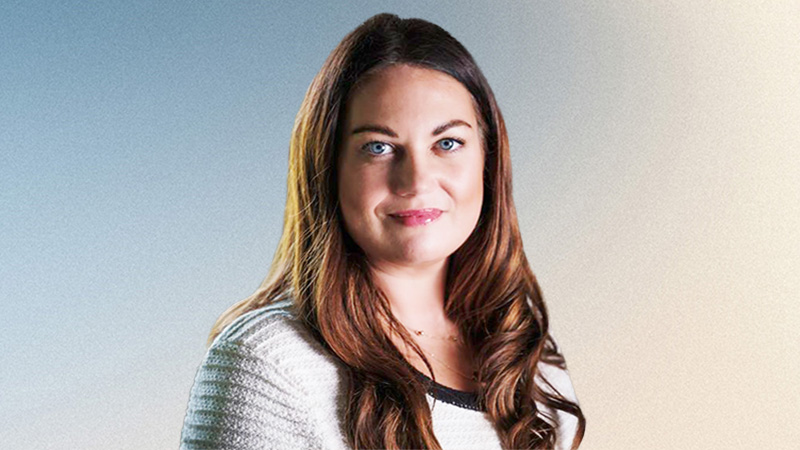The number of fund buyers intending to increase their exposure to the asset class is now at its highest in three years. Fund investors seem to prefer playing the high yield theme through the US.

High yield fund flows are notoriously capricious, as you can see in the graph below, but the current asset allocation sentiment trend is unusually strong. Demand for the asset class is up in almost all countries compared to December last year. Four in 10 fund buyers we polled plan to increase their allocation in the next 12 months, and the asset class is especially popular in the Nordics and Germany. Moreover, high yield bonds are now the second most fashionable long/only asset class after European equities.
The popularity of high yield bonds is not that surprising considering spreads are above their long-term average and the asset class has rallied recently after touching a three-year low in mid-February.
 Source: Morningstar
Source: Morningstar
Trendsetters
The Finnish private bank Evli had a lucky hand in timing their increase to high yield bonds. “We increased our allocation to US high yield on the 15th of February [just four days after the market troughed], and have made a return of 5% since. We have a strong overweight to the asset class now, and do not intend to increase that further,” says Tanja Wennonen-Kärnä, a senior portfolio manager at Evli.
This is lower, however, than the return of 8.46% that the Barclays US High Yield Index has made since. And that’s due to the below-benchmark exposure Evli’s fund of choice has to the oil and gas sector, that bounced back most strongly in recent weeks. “Our fund has an exposure of just 10% to this sector [half the weight of the benchmark],” says Wennonen-Kärnä.

Optimix, a Dutch wealth manager, chose to play the asset class through an ETF. “We bought the iShares US high yield tracker as a tactical play in February,” says Jaap Bouma, senior portfolio manager at the company. However, he admits he had expected to make a slightly better return. “But we still made 6%, and we are happy with that,” he says.
Though Bouma is contemplating selling his iShares tracker, leaving Optimix exposed to the asset class only through their Sky Harbor US high yield fund, others believe the recent rally has further to go.
“Even though the market has staged an impressive rally, the asset class remains inexpensive. Spreads on US high yield bonds – currently at around 700 basis points – indicate a near-70 per cent probability of recession in the US over the next 12 months, which looks highly unlikely in our view,” says Luca Paolini, chief strategist at Pictet Asset Management.










